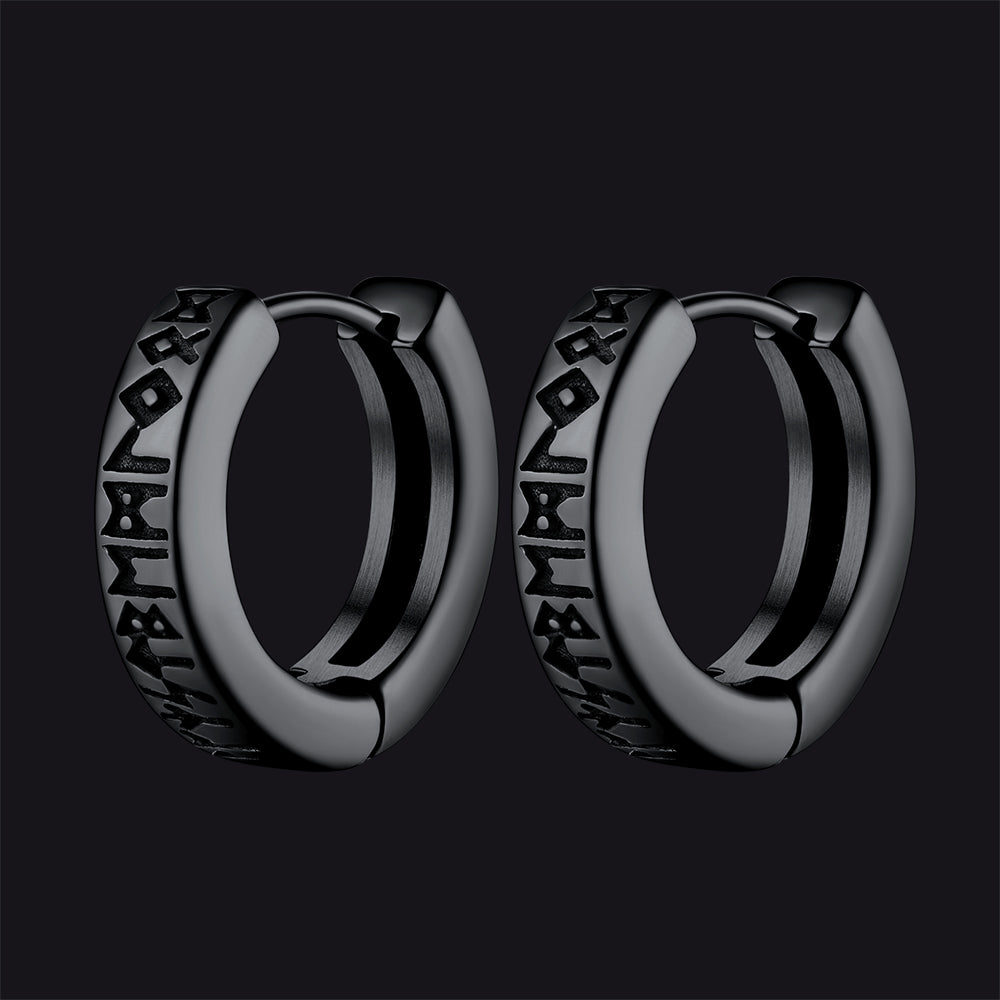Who Created The Symbol Of Christianity?
Christianity, one of the world's major religions, has a rich history that spans over two thousand years. Central to its practice are symbols that convey deep spiritual meanings and provide a visual language for believers. One of the most iconic symbols of Christianity is the cross, but have you ever wondered who created this symbol?

The Origin of the Christian Symbol
The cross as a symbol of Christianity finds its roots in the crucifixion of Jesus Christ, an event central to Christian faith. It is believed to have occurred in the 1st century AD, during the Roman occupation of Judea. Historical accounts tell of Jesus being sentenced to death by crucifixion, a brutal form of execution where the condemned were nailed to a wooden cross.
Over time, the cross transitioned from a symbol of suffering and death to one of hope, redemption, and resurrection. It became emblematic of Christ's victory over sin and death, and his promise of eternal life.
St. Peter and the Cross: A Historical Perspective
The use of the cross as a Christian symbol dates back to the earliest days of the faith. However, the exact origins of this symbol remain a subject of debate among scholars.
One popular belief is that the Christian cross evolved from the shape of the ancient Roman instrument of execution known as the "crux immissa" or "Latin cross." This was a vertical stake with a horizontal crossbar, and it was used for crucifixions during the Roman Empire. Early Christians, who were subjected to persecution, may have adopted this symbol as a clandestine sign of their faith, representing not only Christ's sacrifice but also their own willingness to endure suffering for their beliefs.Another tradition attributes the Christian cross's origin to the Apostle Peter. According to Christian tradition, Peter, one of Jesus' closest disciples, was crucified by the Romans. However, he requested to be crucified upside down, as he did not consider himself worthy to die in the same manner as Jesus. The upside-down cross, known as the "Petrine Cross" or "Cross of St. Peter," became associated with humility and sacrifice.
Regardless of its exact origins, the symbol of Christianity, the cross, stands as one of the most iconic and universally recognized symbols in human history, representing Christ's sacrifice for humanity's sins and the hope of salvation. Its origins are deeply rooted in the life, teachings, and ultimate sacrifice of Jesus Christ. Beyond its religious significance, the cross has become a powerful emblem in jewelry, carrying profound meaning for believers and non-believers alike.
Jewelry and the Cross: A Timeless Union
The cross, as a jewelry motif, holds deep spiritual significance for Christians around the world. It serves as a tangible reminder of their faith and the sacrifices made for their redemption. For many, wearing a cross jewelry is an outward expression of their inner beliefs and a source of comfort and strength.
Variations of the Cross in Jewelry
Over the centuries, artists and craftsmen have produced a stunning array of cross designs, each with its own unique style and symbolism:
The Latin Cross: This is perhaps the most recognizable form, featuring a longer vertical arm intersected by a shorter horizontal arm. It symbolizes the crucifixion of Jesus.

The Greek Cross: Characterized by arms of equal length, the Greek cross represents balance and harmony. It is often associated with the spread of Christianity and the four Gospels.

The Celtic Cross: This distinctive design incorporates a circle around the intersection of the arms, signifying eternity and the unity of the spiritual and physical realms.

The Orthodox Cross: With three horizontal arms, the Orthodox cross includes a lower slanted arm, representing the footrest of the cross of crucifixion.

The Ankh Cross: Originating in ancient Egypt, the ankh cross features a loop at the top, symbolizing life and immortality. It's been adopted by some Christian communities to represent eternal life through Christ.

Cross: A Timeless Symbol of Faith and Hope
The cross, as a symbol of Christianity, transcends religious boundaries and resonates with people of various faiths and beliefs. Its enduring significance in Christian jewelry serves as a testament to its power as an emblem of hope, sacrifice, and eternal life. Whether as a gift to oneself or a cherished loved one, a cross serves as a meaningful and enduring piece of jewelry that carries with it the weight of centuries of faith and devotion.



